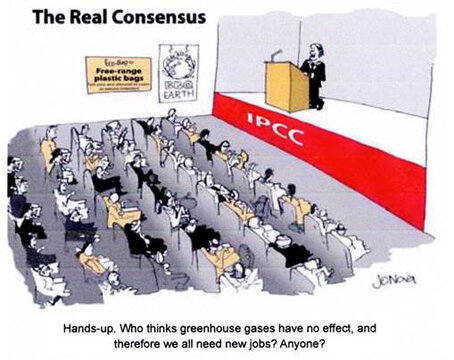P
pixelsmith
Guest
Lecture begins at 3:15. This entire lecture is essential listening for those fuzzy on exactly how science works. At 11:00 some pertinent comments viv-a-vis what has been trolled on various climate threads as 'legitimate' counters to the science.
The way this works, however - if you've been reading - is that the lecturer will become the target of ad hominem attacks, no matter how distinguished or respected a scientist they are. (And in the US we can expect more of this as indicated in a previous post since the ALEC meeting). In sum - the ideas will not be discussed, the person will be. This is what I do not want to take place on this thread.
I present this here simply to bring people 'up-to-speed' on 'how science works'.
Stephen H. Schneider ~ Is the Science of Global Warming Settled Enough for Policy?
TEXT: "Uploaded on Mar 29, 2011: Dr. Schneider is the Inaugural Visitor in the Zurich Financial Services Distinguished Visitors Program on Climate Change. He is the Melvin and Joan Lane Professor for Interdisciplinary Environmental Studies, Professor of Biological Sciences, and a Senior Fellow in the Woods Institute for the Environment at Stanford University. From 1973-1996 he served as a scientist at the National Center for Atmospheric Research, where he co-founded the Climate Project. His research focuses on climate-change science, integrated assessment of ecological and economic impacts of human-induced climate change, and identifying viable climate policies and technological solutions. He has consulted for federal agencies and White House staff in six administrations."
Really Tyger?! You have to start another climate change thread since you got beat up on the last one? Your "science" is flawed, it does not follow scientific methodology it is based on a belief system and man made faulty climate models that are now PROVEN to be dead wrong.
Steven Schneider warned us of a looming ice age and hinted at melting the ice caps to halt it. Then he said he made a mistake and it was actually global warming that was our big threat and aviation was a big part of that problem and he and other scientists fly all around the world on government funding telling people that flying airliners was causing global warming.. then he had a heart attack and died while flying back from a science meeting where he probably talked about how bad flying was to the environment.
Sorry Tyger.. this hypocritical con man/bought-and-paid-for "scientist" is bad choice to use to make your point.


